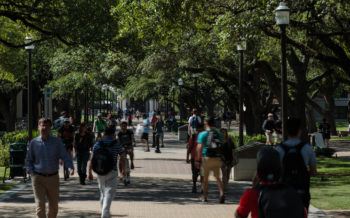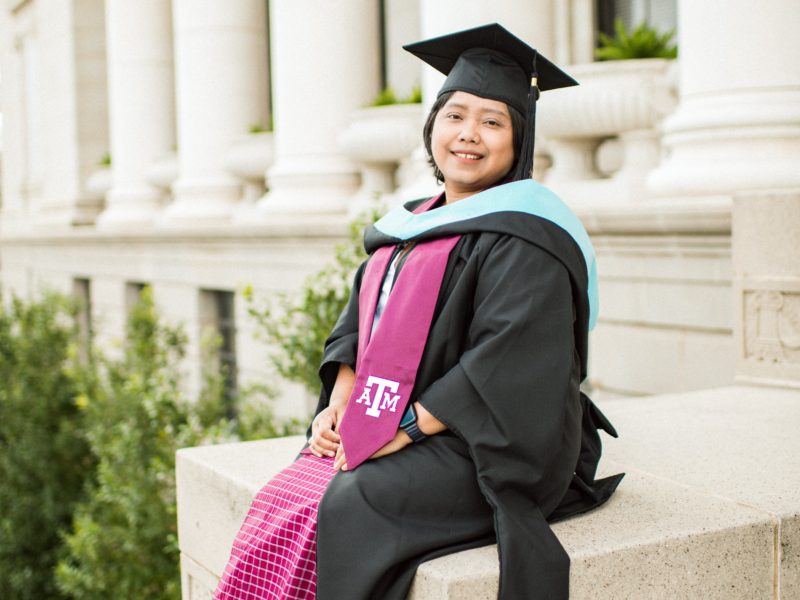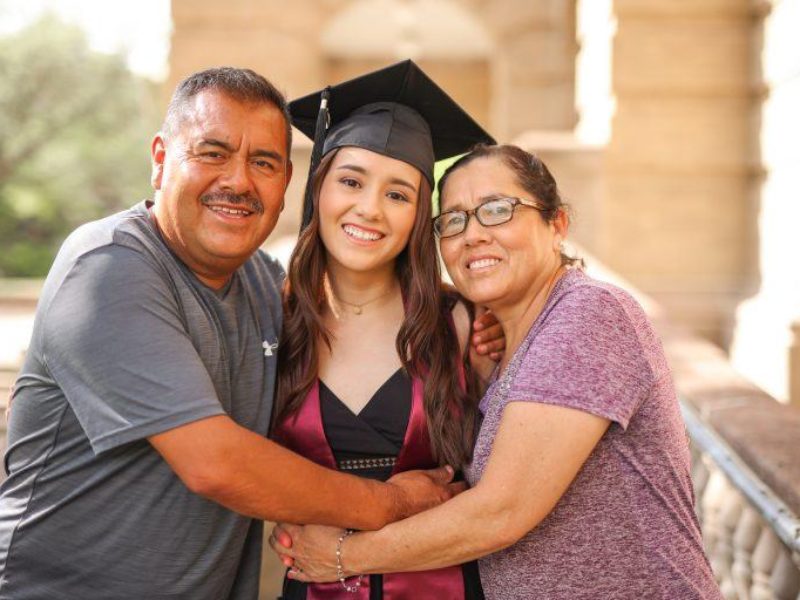How Gender Roles, Social Expectations Affect Female First-Generation Students

Associate Professor Junghwan Kim remembers the day that made him look a little differently at his role as an educator. It was the day one of his first-generation students would defend their doctoral dissertation to a committee.
When he walked into the room where the doctoral student would defend their research for the prospect of earning the title of Ph.D., he was greeted by the student’s parents and grandparents.
They were there to witness the moments leading up to their future graduate receiving one of the highest advanced degrees in the family. That moment made Kim reflect on what higher education means to first-generation students.
In addition to teaching in the Texas A&M University College of Education & Human Development, Kim also works as an advisor for female first-generation students, and his experiences made him want to research the ways that college can affect them.
Now, a systematic review by Kim and Jihee Hwang in the Department of Educational Administration & Human Resource Development identifies issues that first-generation women face as they forge their path in higher education.
Researchers conduct systematic reviews to identify already-published research that answers any questions they have on a topic, pointing to trends in the area. When they find research that fits a general scope, they re-examine it to determine if it matches what they are looking for.
Kim and Hwang found that female first-generation students face pressure from families and society, have certain expectations placed on them, and need support systems when attending college.
“In some cultures, certain roles are expected for women other than pursuing higher education after completing high school,” Hwang said. “Gender expectation adds hardship to female first-generation students as they are still expected to commit to a typical gender role while their academic life is less valued.”
Hwang said female first-generation students tend to be well-prepared for college and often are highly motivated to receive their degrees. Kim said college campuses play a part in helping to reduce some of the confusion of college by providing support to these students.
Kim’s experience in working with first-generation college students fits into Hwang’s interest in reducing gaps in post-secondary access and success for underrepresented populations.
Hwang said in 2015 first-generation students made up more than half of college populations, and 60% of those students were women, which is why they wanted to study this group specifically.
“As a researcher and educator, we have been trying to uncover and break down our understandings of first-generation students,” Kim said. “We hypothesized that female first-generation students may have unique challenges or strategies in persisting and completing a higher education degree.”
Kim and Hwang hope their work will help other researchers understand the issues that female first-generation students face and how to address them.
“Given that student demographics in higher education have been rapidly changing, we expect to work with students with unique challenges and strengths,” Kim said.
This article by Justin Elizalde originally appeared on the College of Education & Human Development website.





